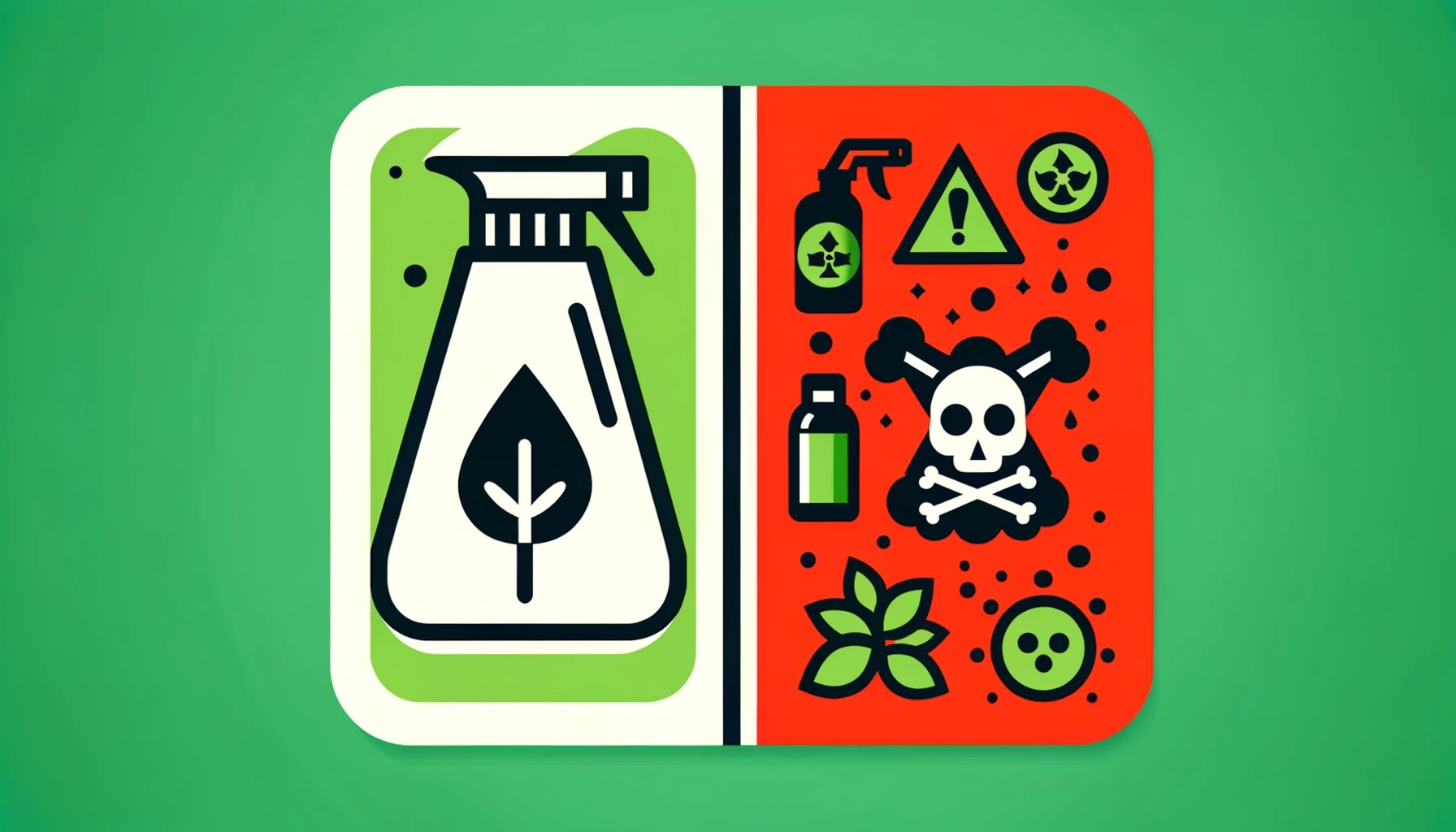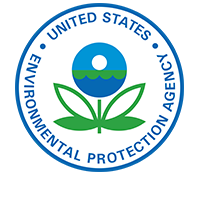A Comprehensive Comparison: Hydrolyte™ Hypochlorous Acid vs. Bleach for Disinfection, Health, and Safety

Introduction:
In recent times, the importance of effective disinfection has become more apparent than ever. As the world grapples with health challenges, it’s crucial to explore disinfection solutions that safeguard our health and prioritize environmental sustainability. In this blog, we will explore the comparison between Hydrolyte™ Hypochlorous Acid, and traditional bleach, evaluating their effectiveness, health and safety implications, and environmental impact.
The Basics:
Bleach, a common household disinfectant, is a solution of sodium hypochlorite. Bleach has been widely used for its ability to eliminate pathogens. The chemical composition of bleach, particularly the release of Volatile Organic Compounds (VOCs) and halogenated VOCs, raises concerns regarding its impact on health and the environment.
Hydrolyte™ hypochlorous acid (HOCl) makes up the majority of the Anolyte when the electrolysis of water combined with a salt typically sodium chloride (NaCl) occurs. Hypochlorous acid is also made by our white blood cells and is the first line of defense in fighting pathogens. Hypochlorous acid is recognized for its potent disinfection capabilities, low toxicity, and being an eco-friendly disinfectant.
Pathogen Elimination:
Both bleach and Hydrolyte™ hypochlorous acid are approved by the U.S Environmental Protection Agency (EPA). Bleach, with its active ingredient sodium hypochlorite, is an effective disinfectant. Using bleach for disinfection does come with potential health and environmental risks.
Hydrolyte™ Hypochlorous acid is considered low toxic and an environmentally friendly disinfectant effective against 99.9999% of pathogens including bacteria, viruses, and fungi. Its disinfection capabilities make it a reliable choice for eliminating harmful microorganisms on hard surfaces when used according to its label
Environmental Impact:
One of the distinguishing features of Hydrolyte™ hypochlorous acid is its eco-friendly nature. Unlike bleach-containing products, Hydrolyte™ is free from Volatile Organic Compounds, halogenated VOCs, and Quaternary Ammonium Compounds (QACs). VOCs are known to release harmful chemicals into the air, leading to respiratory issues, eye irritation, and other health concerns. QACs can contribute to antimicrobial resistance, raising long-term health implications. By opting for Hydrolyte™, users contribute to a safer environment with reduced air pollution and minimized long-term health risks.
Health Risks:
Bleach is known to release harmful fumes such as chlorine gas, and the emission of VOCs and halogenated VOCs which can irritate the respiratory system and pose health risks. Prolonged exposure to these compounds can result in respiratory problems, allergic reactions, skin, and eye irritation. Individuals with pre-existing respiratory conditions may experience exacerbated symptoms when using bleach for disinfection necessitating the use of personal protective equipment (PPE) when handling the substance.
Hydrolyte™ hypochlorous acid, being low-toxic and free from VOCs and QACs, minimizes these health risks. Its formulation ensures that users can disinfect their surroundings without compromising their respiratory health or exacerbating existing conditions. The choice of Hydrolyte™ becomes crucial for those seeking effective disinfection without the associated health risks of bleach. When using Hydrolyte™ hypochlorous acid, little to no personal protective equipment is typically needed.
Health Cost Comparison:
Exposure to bleach, especially in its concentrated form, can lead to skin, eye irritation, and respiratory issues potentially causing severe health effects if not handled properly.
Health costs associated with bleach exposure may include medical expenses for treating skin, eye or respiratory issues, as well as potential long-term health impacts.
With Hydrolyte™ hypochlorous acid, the lower toxicity reduces the risk of adverse health effects. Minimal personal protective equipment is required, and exposure is generally safer for users.
Health costs associated with Hydrolyte™ hypochlorous acid exposure are likely to be lower than bleach exposure, focusing on basic first aid if needed.
Conclusion:
In the ongoing debate between Hydrolyte™ hypochlorous acid and bleach, the former emerges as a low-toxic, environmentally friendly disinfectant. The absence of VOCs and QACs in Hydrolyte™ sets it apart, offering a safer alternative for individuals concerned about health and environmental impact. As we prioritize cleanliness and hygiene, making informed choices about disinfectants is crucial for safeguarding our well-being and the planet. Choose Hydrolyte™ for effective, eco-friendly disinfection without compromising on safety.
FAQ’s
Hydrolyte™ is low-toxic, eco-friendly, and effective against 99.9999% of pathogens, while bleach poses health and environmental risks.
Hydrolyte™ lacks VOCs, halogenated VOCs, and QACs, contributing to reduced air pollution and minimized long-term health risks.
Hydrolyte™ is low-toxic, free from harmful fumes, VOCs, and QACs, making it safer for respiratory health and minimizing the need for PPE.
Bleach exposure may lead to skin, eye, and respiratory issues, with potential long-term impacts. Hydrolyte™ exposure is lower risk, focusing on basic first aid.
Informed choices, like choosing Hydrolyte™, safeguard well-being and the planet by prioritizing effective, eco-friendly disinfection without compromising safety.
One Comment
Leave A Comment Cancel reply
Recent Posts
- A Comprehensive Comparison: Hydrolyte™ Hypochlorous Acid vs. Bleach for Disinfection, Health, and Safety January 22, 2024
- Revolutionizing Prison Hygiene: The Transformative Power of Hypochlorous Acid January 12, 2024
- Sanitizing Your Grow Room November 16, 2023
- Fighting Hop Latent Viroid In Cannabis Operations August 8, 2023
- Understanding Terms: Sterilization vs Disinfection vs Sanitizing vs Cleaning July 13, 2023
STAY IN THE LOOP
Subscribe to our free newsletter.
[fusion_form form_post_id="4569" margin_bottom="0" hide_on_mobile="small-visibility,medium-visibility,large-visibility" /]


Very informative